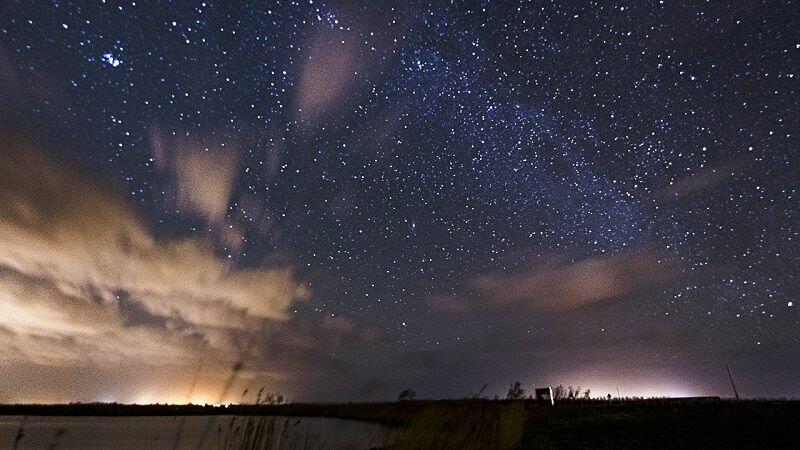New Interreg North Sea project to set up a light pollution measuring network approved

On 29 June 2022, the Monitoring Committee of the Interreg North Sea Programme 2021-2027 approved the project application of “KID – Keep it Dark” along with other first submittions within Call 1. The overall objective of this small-scale project is to develop a light pollution monitoring network within the Wadden Sea area that combines different measurement methods to achieve reliable results. Project partners are the Kapteyn Astronomical Institute of the University of Groningen (lead) and the universities of Aarhus and Oldenburg.
While concerns regarding the negative effects of light pollution are growing and many initiatives are in place to effectively reduce light pollution, a sound methodology to measure the actual trends of light pollution is still missing. As Artificial Light at Night (ALAN) can influence the daily rhythms of activities in most biological organisms, including human beings, the effort of preserving nocturnal darkness directly supports and further enhances the protection of the Wadden Sea World Heritage Outstanding Universal Value.
“In fact, this cross-border collaboration is a logical continuation of our national efforts to increase awareness about the problem of light pollution and to build a measurement network in the Netherlands”, says project leader Professor Dr. Reynier Peletier of the Kapteyn Astronomical Institute of the University of Groningen.
The project is the result of the cooperation among the Universities of Groningen, Oldenburg and Aarhus initiated within the Framework of the Trilateral Dark Sky Initiative of the Wadden Sea World Heritage Partnership Hub. It builds upon already existing activities in three countries that aim at strengthening their collaboration and maximize their results.
The KID project will run for 18 months. The project is carried out within the framework of the Interreg North Sea Region Programme under Priority 3 “Climate Resilience”, Specific Objective “3.2 Biodiversity, pollution & green infrastructure”.
